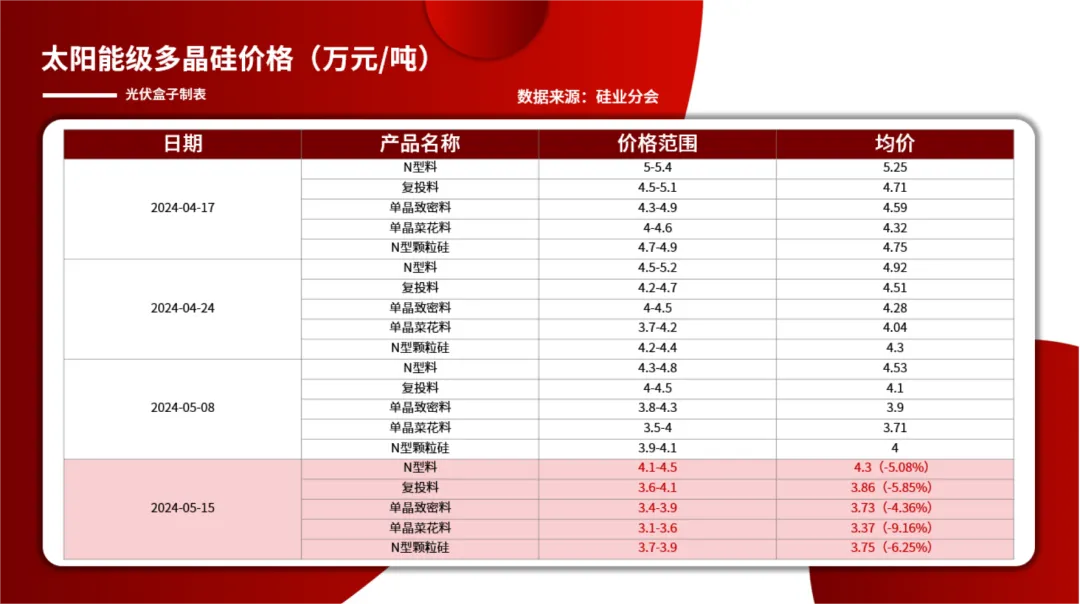Solar Panel Efficiency in Indirect Sunlight - Maximize Your Energy Production
Understanding Solar Panel Efficiency in Indirect Sunlight
As the world continues to seek sustainable energy solutions, solar panels have emerged as a crucial technology in harnessing renewable energy. While much attention is given to solar panel efficiency under direct sunlight conditions, the efficiency of these panels in indirect sunlight is equally important. This understanding can significantly influence the effectiveness of solar energy systems, particularly in regions with less-than-optimal weather conditions.
Solar panels operate on the principle of converting sunlight into electricity. They primarily rely on solar cells, which are made from semiconductor materials, typically silicon. These cells are designed to absorb photons from sunlight, exciting electrons and generating electricity. However, the efficiency of this process is impacted by various factors, including light intensity and angle. Indirect sunlight occurs when sunlight is scattered by clouds, atmospheric conditions, or reflected off surfaces, leading to a significant reduction in intensity compared to direct sunlight.
The efficiency of solar panels in indirect sunlight can vary based on the type of solar technology used. Traditional monocrystalline and polycrystalline panels tend to perform better under direct sunlight, while newer technologies, such as thin-film solar cells and bifacial solar panels, can demonstrate improved efficiency in lower light conditions. Thin-film solar cells, for instance, have a lower production cost and can maintain performance with less light. Bifacial solar panels are designed to capture reflected light from the ground, maximizing energy generation even when the sun is partially obstructed.
solar panel efficiency indirect sunlight

Research indicates that while the efficiency of solar panels decreases in indirect sunlight, they can still generate a significant amount of energy. Some studies suggest that solar panels can retain up to 30-40% of their peak efficiency in cloudy or diffused light conditions. This means that even during overcast days, solar energy systems can still contribute positively to energy requirements. The effectiveness of solar panels in such conditions can also be enhanced by using tracking systems that adjust the panel's position to maximize exposure to available sunlight throughout the day.
Moreover, the placement and orientation of solar panels play a crucial role in optimizing efficiency in indirect sunlight. Panels should be installed with an inclination that captures the maximum amount of diffused light. Additionally, selecting sites with less shading from trees, buildings, or other obstructions is vital for improving overall performance.
In conclusion, while solar panels are most efficient under direct sunlight, they can still be effective in capturing energy from indirect sunlight. Advances in solar technology, coupled with strategic installation practices, can enhance their performance, making solar energy a viable option even in less-than-ideal weather conditions. As the demand for clean energy increases, understanding and optimizing solar panel efficiency in all light conditions will become increasingly vital for maximizing the benefits of solar energy on a global scale.
-
String Solar Inverter: The High-Efficiency Solution for Smart Solar EnergyNewsJul.14,2025
-
Revolutionizing Rooftop Energy with the Power of the Micro Solar InverterNewsJul.14,2025
-
Power Independence with Smart Off Grid Solar Inverter SolutionsNewsJul.14,2025
-
On Grid Solar Inverter: Powering the Future with Smart Grid IntegrationNewsJul.14,2025
-
Monocrystalline Solar Panels: High-Efficiency Power for the Future of Clean EnergyNewsJul.14,2025
-
Bifacial Solar Panel: A Smarter Investment for Next-Generation Energy SystemsNewsJul.14,2025







